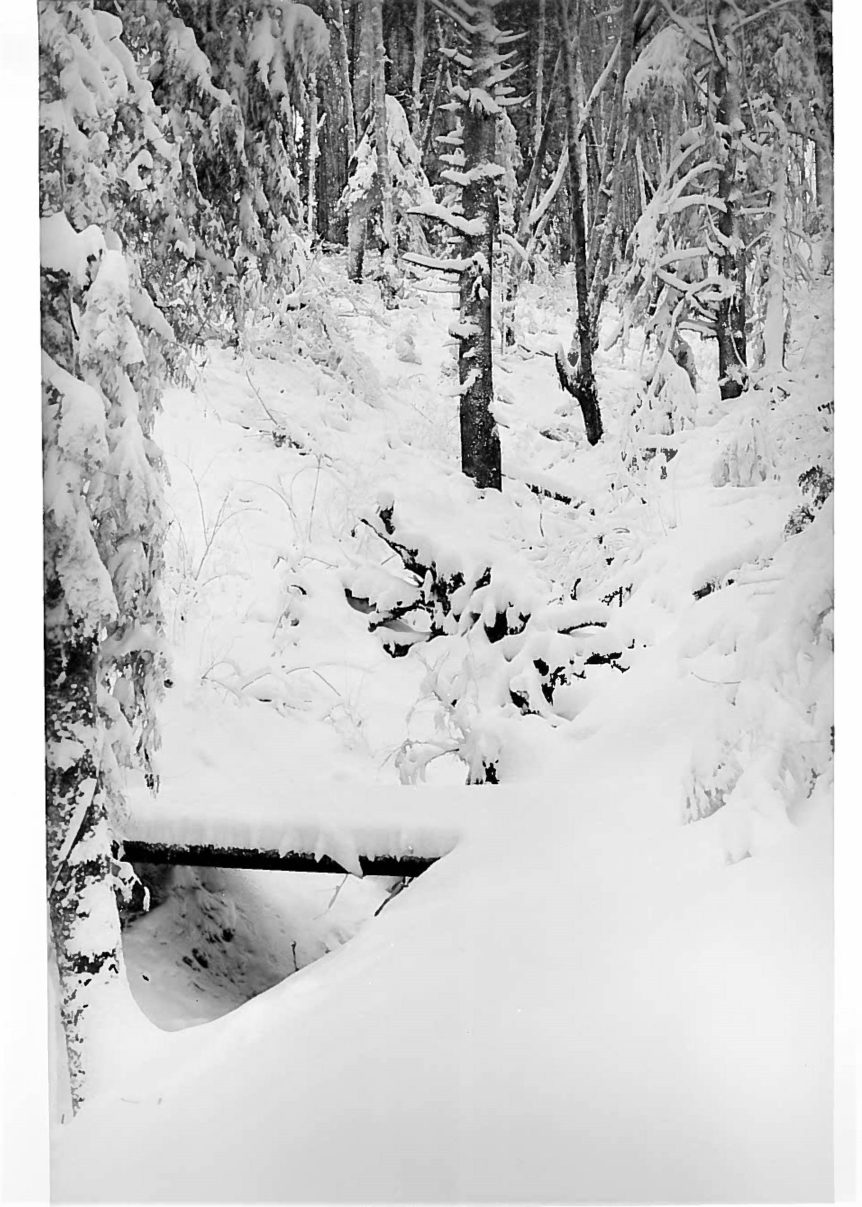The neighborhood of Linnton, located between the West Hills and the Willamette River, has a rich history and close connection to the land now known as Forest Park. As an oil and lumber mill hub, Linnton employed many of the local immigrant populations. And, before the St. John’s Bridge was built in 1929, there was a free ferry between the neighborhoods of St. Johns and Linnton, which built a tight connection between the two communities despite the river dividing them.
Local Linnton resident, author, and photographer Rob Lee paints a picture of what it was like growing up in the Linnton community.
“The old-timers smile when asked about growing up in Linnton. They speak of a great place for children, especially as it has Forest Park draped around its shoulders. Linnton was a rough and tumble mill town, where raising the fare a nickel had a guy attacking the trolley with an ax handle; where a drunk who wouldn’t stop fighting was thrown into the roadhouses’ freezer. They let him out after a while, he thawed and started fighting again; where the kids rode the freight trains to get from one end of town to the other. A blue-collar place with half a dozen immigrant ethnic groups in small enclaves, Linnton managed to survive the Depression only to have much of the lowland Doug Fir forest gone by the late ‘40s, shuttering the two huge mills, a blow to the town that still causes an old guy to tear up, remembering the angst of his father losing his job. The plywood mill opened in 1951, giving the town a boost.
The kids had chores, of course, mowing the lawn, or sent down to the mill to lug scraps of wood up the hill, for heat and cooking, or to Ma Olsen’s store for milk, bread, or something else their mother needed. All the families had a tab at Ma Olsen’s, and she’d give the kids’ penny candy. When the new comic book issues came out they’d all go down to the pharmacy to sit on the floor in front of the windows, where the magazine racks were, reading the new comic books, listening to the men in the backroom drinking, playing cards and carrying on. The school was next to Linnton Creek, and the kids from the Waldemere, Glen Harbor, and Springville neighborhoods walked through Forest Park to get there. They spent countless hours up in the forest “messing around.” One time they were fooling with a large wooden water tank, pushing the creaky old structure this way and that, till it suddenly fell over, several dozen bats flying out! I ran into a guy in St Johns who was visiting, reminiscing about his youth. He and his friends stole a rope off a boat, took it up Germantown Road in Forest Park and made a swing that became a magnet.
Sometimes things got out of hand, like when kids broke into a rail car that held the local wine companies’ stock and got into a barrel of wine. Bunch of sloshed, sick kids. When it snowed they’d sled all the way from The Richard’s farm, breakneck through hairpins and sudden turns, across the road to the fire station. The kids spent a lot of time down by the river, where there were ponds, marshes, turtles, frogs, fish, snakes. Once they found a little rowboat, and were bound for high adventure until the Coast Guard caught them and put a hole in the bottom. An especially thrilling place to play was the log raft at the plywood mill, where they could run around, spear carp, thrill to the excitement of the moving platform out on the river, which, by the way, was filthy at this point, but the kids didn’t care. They knew they had to be careful not to get squished if they fell in, but miraculously, no one ever got seriously hurt. During the summer a bus picked up local kids early in the morning and took them out to Sauvie Island to pick strawberries. They’d buy their school clothes with the money they made. Later in the season, when the picking wasn’t as good, the kids would be bored by the early afternoon. One kid getting their face washed with berries turned it into a free-for-all. The farmer fired them all, but they were back to work the next day.”
Rob Lee is a photographer, author, and advocate for the health of the land now known as Forest Park.
For more Linnton History, check out his work with the Linnton Neighborhood Association.
The neighborhood now known as Linnton is the ancestral land of the Multnomah, Wasco, Cowlitz, Kathlamet, Clackamas, Chinook, Tualatin, Kalapuya, Mollala and many other tribes.

